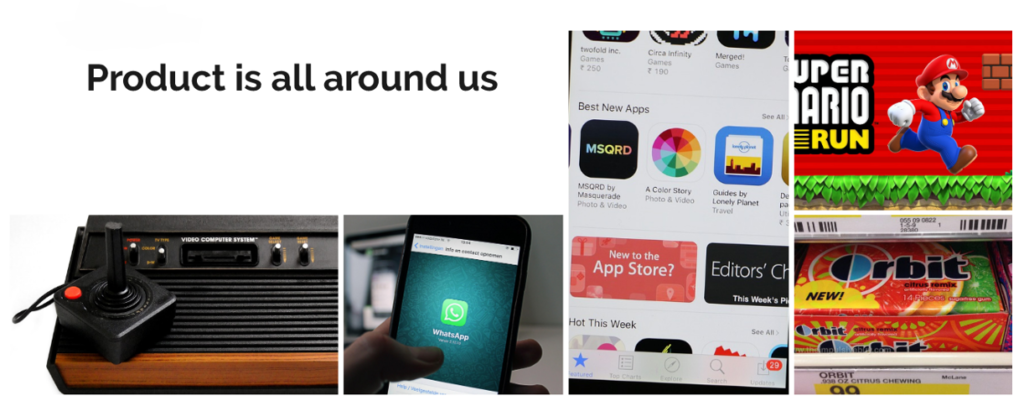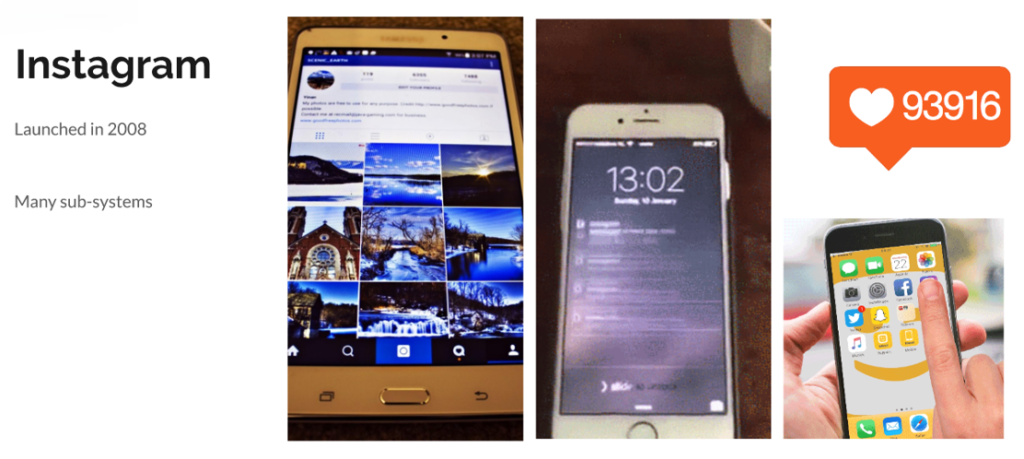A product is something that is made or created to be sold or used by someone. It can be a physical object, such as a car or a book, or it can be a service, like a haircut or a software program. Products can be designed to meet the needs or wants of a specific group of people, and they can be marketed and sold through various channels, such as online stores, retail shops, or direct sales. The goal of creating a product is often to provide value to the customer and generate revenue for the business.
Making it simpler is a technique:
Making difficult technical concepts understandable requires translating them into simple English. Start by defining the main characteristics and advantages of the product, and then simply and clearly express them. Avoid utilizing acronyms or obscure technical jargon that the reader might not understand by using simple English.
Think about including visual aids to help explain the product and its features, such as pictures or diagrams. You may assist customers in making knowledgeable selections about the products they are interested in by providing information in a straightforward and simple-to-understand manner.
There are numerous products around us that we use in our daily lives, each product serves a unique purpose and has different features and benefits that cater to the needs and preferences of different customers.

Product is the carrier of value OR Product is the value that customers pay for directly
In the sense that it offers value to the customer who acquires it, a product serves as a carrier of value. A product’s value can be expressed in terms of functionality, quality, performance, design, convenience, or any other aspect that satisfies the demands or preferences of the customer.
A customer effectively exchanges their money for the value that a product offers when they purchase it. As a result, a product’s success is determined by how well it meets the needs of the client and offers them value. Due to this, it is essential for businesses to comprehend the needs and preferences of their customers in order to create products that meet those needs while setting them apart from those of their rivals.
In conclusion, a product is the carrier of value because it offers value to the consumer, and a product’s success is based on how effectively it meets the demands of the customer and offers them value.
Product might be sum of all subsystems. Instagram

Product from Marketing Perspective
A product is anything that is supplied to the market to satiate customers’ requirements, wants, or desires from a marketing standpoint. It might be material (like a physical good) or immaterial (like a service or digital good).
A product can be seen in marketing terms as a collection of advantages that consumers anticipate receiving when they buy it. These advantages can include practical qualities (like excellence, dependability, or convenience), emotional advantages (like status or self-expression), and social advantages (like the chance to interact with others who use the same product).
From a marketing standpoint, a successful product not only satisfies consumer needs and wants, but also offers distinctive value propositions that set it apart from rivals. Features, designs, pricing, packaging, branding, and other marketing initiatives can help with this. Understanding the target market, doing market research, and developing a potent marketing mix that effectively conveys the advantages of the product to prospective buyers are additional components of effective product marketing.
The three levels of a product are:
- Core Product: This is the primary advantage that a customer looks for in a product. For instance, a customer purchases a car is looking for transportation.
- Actual Product: The customer receives a tangible or physical product in this case. For instance, the characteristics and qualities of the car itself.
- Augmented Product: The customer obtains this value in addition to the main and actual product. Examples include the customer support, warranty, financing choices, or any other services offered to the customer.

For businesses to properly design and promote their products, they must have a thorough understanding of these three tiers of a product. It assists companies in determining the primary benefits that their customers require, creating the appropriate features and specifications, and providing extra value to set their product apart from rivals.
Overall, a product can be a powerful tool or platform for customer engagement when it is designed with the customer in mind and when businesses actively seek out and respond to customer feedback.



Very useful
Everything is very open with a really clear description of the issues. It was definitely informative. Your site is useful. Thank you for sharing!